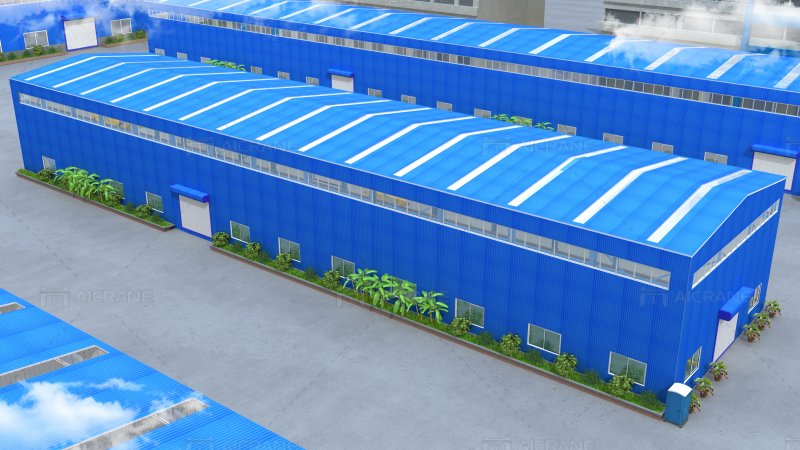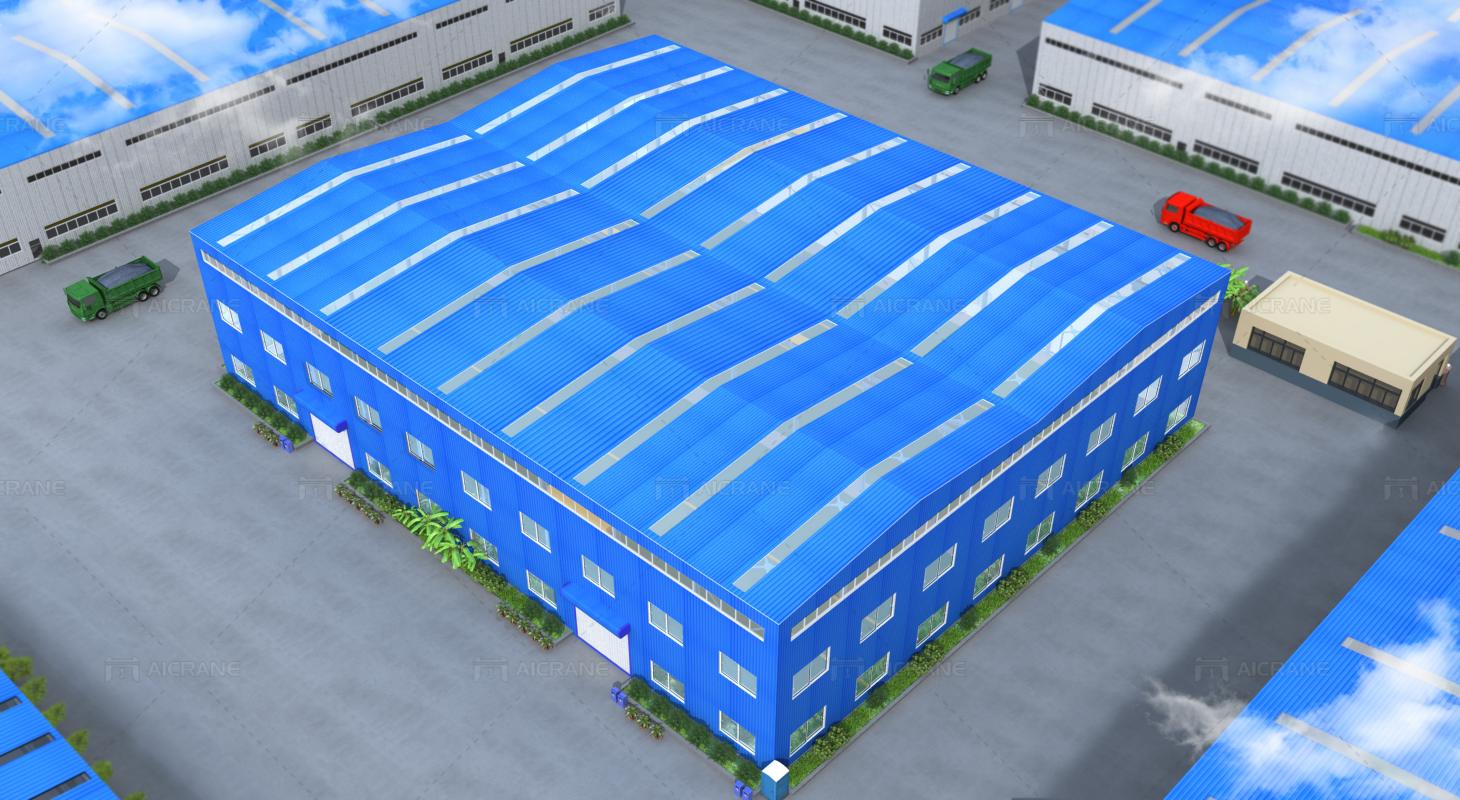Steel frame workshops are renowned for their durability, flexibility, and cost-effectiveness. One of their greatest advantages is the ability to maximize space utilization, which is essential for productivity and efficiency in any workshop setting. Whether you’re designing a new workshop or optimizing an existing one, here are some strategies to ensure you make the most out of your available space.
Strategic Layout Planning
The foundation of effective space utilization begins with a well-thought-out layout plan. Consider the following steps to create an efficient steel frame workshop layout:
- Workflow Analysis: Assess the workflow and determine the most logical arrangement of machinery, workstations, and storage areas. Ensure that the layout minimizes unnecessary movement and streamlines operations.
- Zoning: Divide the workshop into specific zones based on activities such as fabrication, assembly, storage, and administrative tasks. This helps in organizing the space and preventing clutter.
- Flexibility: Design the layout with flexibility in mind. This allows for easy reconfiguration as operational needs change or expand.

Utilizing Vertical Space
One of the key benefits of steel structure construction is the ability to use vertical space effectively. Here are some ways to maximize vertical space:
- Mezzanine Floors: Install mezzanine floors to create additional work or storage areas. This is especially useful in workshops with high ceilings.
- Racking Systems: Use heavy-duty racking systems to store materials and tools vertically. Ensure that the racking is accessible and safe to use.
- Overhead Cranes and Hoists: Integrate overhead cranes and hoists to handle heavy materials and equipment. This not only saves floor space but also enhances safety and efficiency.
Efficient Storage Solutions
Proper storage is crucial for maintaining an organized and efficient workshop. Consider these storage solutions:
- Modular Storage Units: Use modular storage units that can be easily reconfigured to accommodate changing storage needs.
- Tool Storage: Implement tool storage solutions such as pegboards, tool chests, and shadow boards to keep tools organized and within easy reach.
- Material Handling: Use mobile carts and trolleys for material handling. This allows for easy movement of materials without cluttering the workspace. The steel structure can be steel grid structure type or other types as required.

Multipurpose Workstations
Design workstations that can serve multiple purposes to save space and increase functionality:
- Adjustable Workbenches: Use adjustable workbenches that can be modified for different tasks, such as cutting, welding, or assembly.
- Foldable and Mobile Stations: Incorporate foldable and mobile workstations that can be moved and stored when not in use.
- Integrated Storage: Design workstations with built-in storage for tools and materials, reducing the need for separate storage units.
Space-Saving Equipment
Invest in space-saving equipment that can perform multiple functions or occupy less space:
- Compact Machinery: Choose compact machinery that offers the same capabilities as larger models but with a smaller footprint.
- Combination Tools: Use combination tools that can perform several functions, such as a multi-tool that combines a drill, saw, and sander.
- Stackable Equipment: Opt for stackable equipment that can be stored vertically when not in use.
Safety and Accessibility
While maximizing space, ensure that safety and accessibility are not compromised:
- Clear Aisles: Maintain clear aisles for easy movement of personnel and materials. This reduces the risk of accidents and improves workflow.
- Proper Lighting: Ensure adequate lighting in all areas of the workshop. Good lighting enhances visibility and safety.
- Emergency Exits: Keep emergency exits accessible and free from obstructions. Conduct regular safety drills to ensure everyone knows the evacuation routes. Aicrane group offers different solutions with high safety to match different needs.
Technology Integration
Incorporating technology can significantly enhance space utilization and efficiency:
- Inventory Management Systems: Implement inventory management systems to track materials and tools. This reduces the need for excessive storage and prevents overstocking.
- CAD Software: Use Computer-Aided Design (CAD) software to plan and visualize the workshop layout. This helps in optimizing space and identifying potential issues before implementation.
- Automated Systems: Integrate automated systems such as conveyor belts, robotic arms, and automated storage and retrieval systems (AS/RS) to improve efficiency and save space.
Regular Maintenance and Audits
Regular maintenance and audits are essential to ensure that the workshop space is used effectively:
- Routine Inspections: Conduct routine inspections to identify and address any space utilization issues. This includes checking for clutter, unused equipment, and inefficient layouts.
- Maintenance Schedule: Implement a maintenance schedule for equipment and storage systems. Well-maintained equipment operates more efficiently and takes up less space.
- Continuous Improvement: Encourage continuous improvement by soliciting feedback from workers on how to optimize space. Regularly review and update the layout and storage solutions based on operational needs.
Maximizing space utilization in a steel frame workshop involves strategic planning, effective use of vertical space, efficient storage solutions, multipurpose workstations, space-saving equipment, and a focus on safety and accessibility. By integrating technology and maintaining regular audits, you can ensure that your workshop operates at peak efficiency. Whether you are setting up a new workshop or optimizing an existing one, these strategies will help you make the most of your available space, ultimately enhancing productivity and workflow.